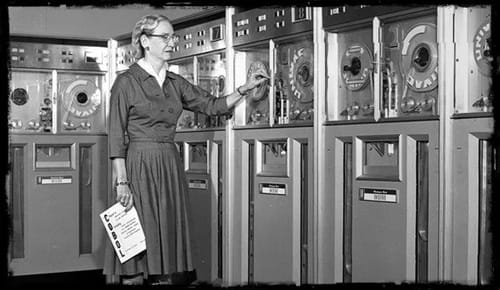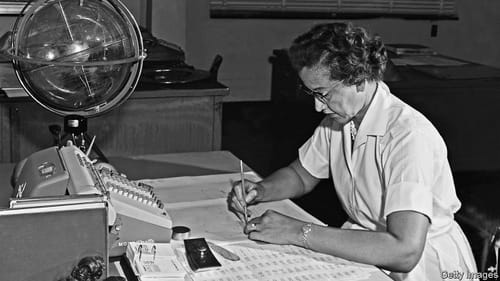The most influential women in tech history

Women have played a crucial role in building society as we know it today. Although it has been until recent years that women have been acknowledged and recognized for their hard work, innovation, and discoveries, women are and always have been a strong and powerful pillar sustaining and changing our world. This is no exception in the field of technology, and brilliant women's minds have made radical contributions never to forget.
Ada Lovelace
British-born and self-educated mathematician Ada Lovelace was mentioned as the first computer programmer. She was guided in computer programming by a renowned professor of the London University after long studies in mathematics and understanding in machinery and computing systems of the 19th century and later worked in the Cabbage machines in 1843. Her interest in technology led her to develop a new approach in the use of programming language and the creation of an algorithm for a Cabbage machine known as the “Analytical Engine”.

Grace Hopper
Grace Hopper was an American-born computer scientist and member of the United States Navy. Born in 1906 in New York City, she was one of the first programmers of the Harvard Mark I computer, which proved vital in World War II's final stages. She would later go on to become a pioneer of computer programming, inventing one of the first linkers, forming the theory of machine-independent programming languages. Her FLOW-MATIC programming language was the catalyst for COBOL, an early high-level programming language still present in today’s technology development.

Hedy Lamarr
A woman of multifaceted brilliance, Hedy Lamarr was adored for her appearances on the European silver screen as much as she was for her inventive thinking. Lamarr was born in Vienna just after the denotation of World War I, and her inventions influenced the war’s aftermath. In the 1940s, Lamarr and composer George Antheil worked on the idea of a frequency-hopping signal in order to prevent radio-controlled torpedoes from being tracked or jammed. In more contemporary terms, Lamarr and Antheil’s work forms the basis of wireless technologies such as WiFi and Bluetooth.

Annie Easley
Annie Easley was an American computer scientist. After finishing University, she joined the National Advisory Committee for Aeronautics (NACA), the predecessor to the National Aeronautics and Space Administration (NASA), which she later worked for. She worked there as she helped develop software for the Centaur rocket stage and code, which was later used to build hybrid car batteries. In 2021 Easley had a crater on the moon named after her.

Ida Rhodes
Ida Rhodes is widely recognized as an essential figure in the early development of the computer. Born Hadassah Itzkowitz, her name was changed when she moved to the United States from Ukraine at 13. With an evident aptitude for mathematics, Rhodes was awarded the New York State Cash Scholarship and a Cornell University Tuition Scholarship and received a BA and an MA. Rhodes went on to help design the C-10 programming language in the early 1950s for the UNIVAC I, the first US-produced general-purpose digital computer catered toward business applications.

Adele Goldberg
Adele Goldberg was a computer scientist whose Smalltalk system greatly influenced how society works to date. While working at PARC as manager of Systems Concepts Laboratory in 1973, she and some colleagues worked on Smalltalk-80, which allowed one to overlap windows on graphic display screens and quickly transfer objects between applications. Goldberg was approached by Steve Jobs for a demonstration of the Smalltalk system, which was then used by Apple for the Macintosh desktop development.

Katherine Johnson
Katherine Johnson is best known for her crucial role within NASA. An African-American woman, her calculations of orbital mechanics were vital to the success of the first and subsequent NASA space expeditions. Upon presenting her with the Presidential Medal of Freedom in 2015, President Barack Obama stated: “Katherine G. Johnson refused to be limited by society's expectations of her gender and race while expanding the boundaries of humanity's reach.” Her role in the Space Race was depicted in 2016’s Oscar-nominated Hidden Figures.


